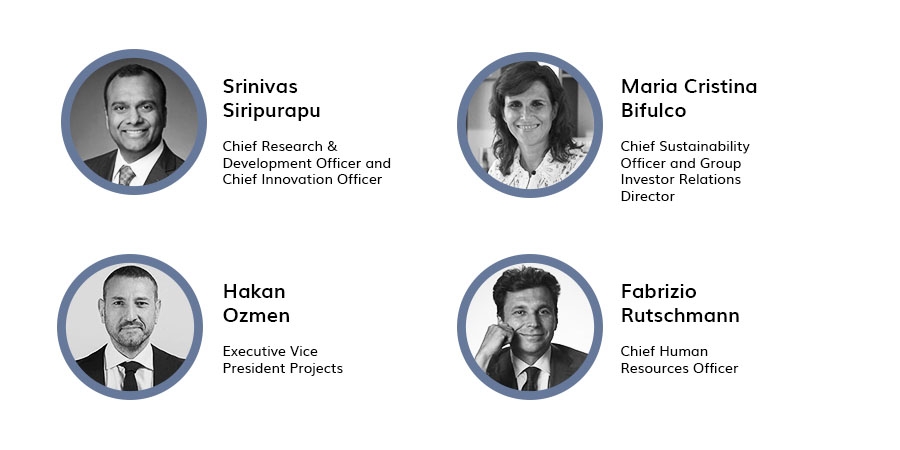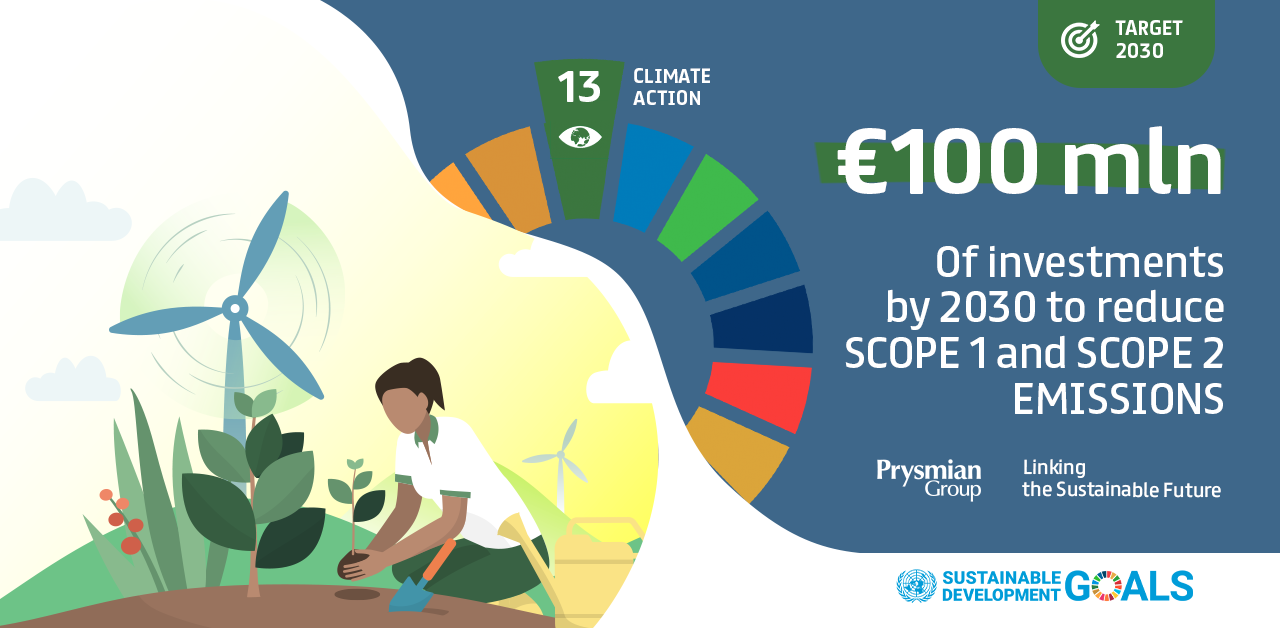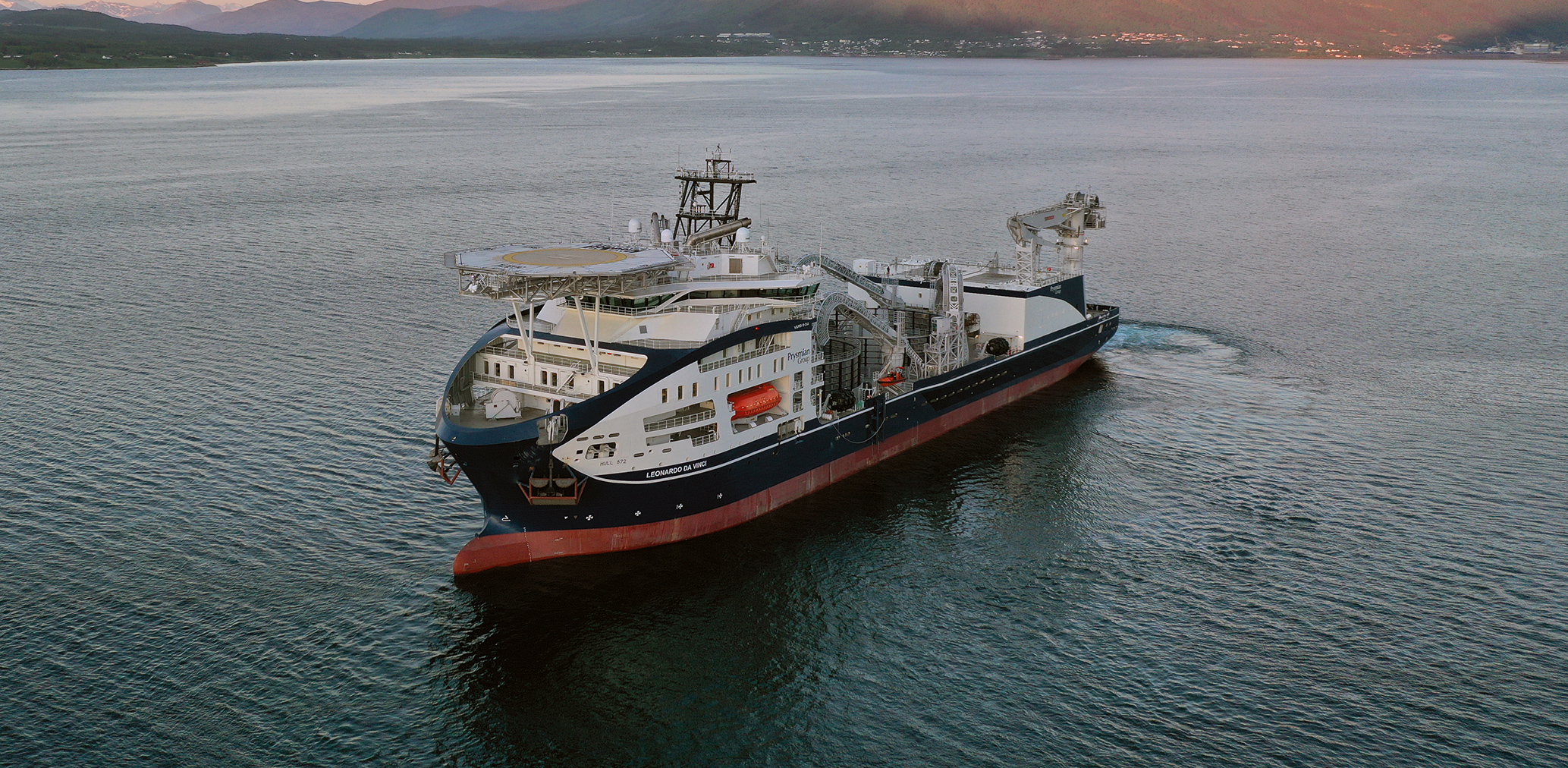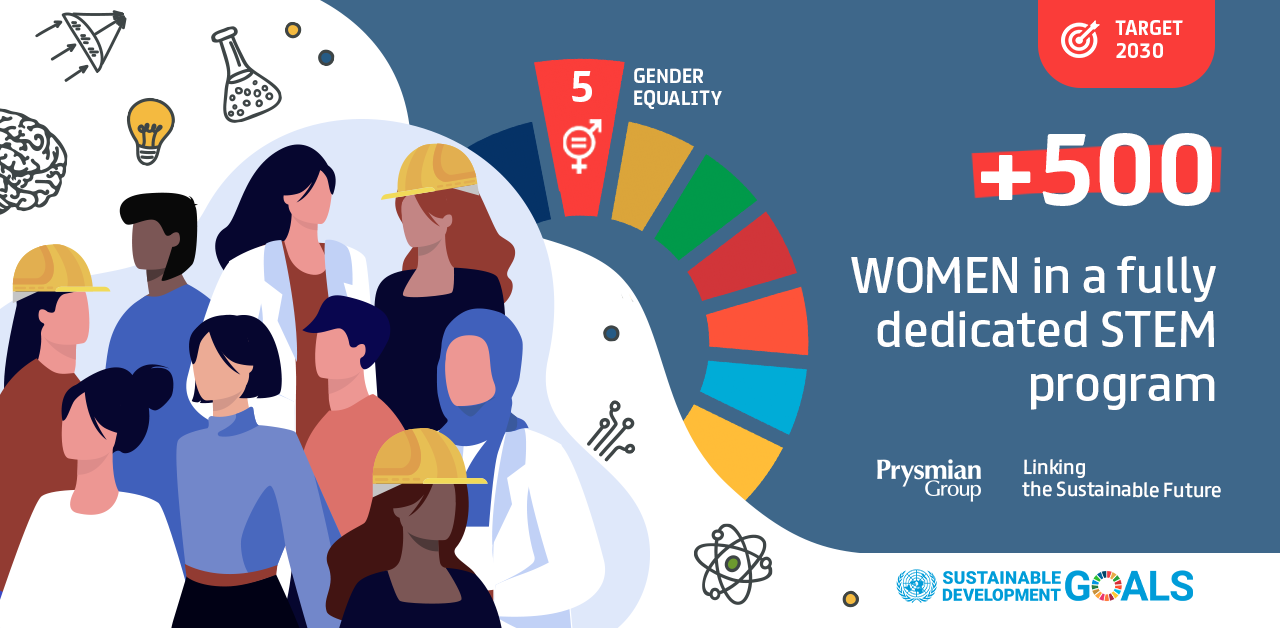Prysmian Group: A Smart, Sustainable Network to Connect the World
We are in the midst of an unprecedented energy transition. Billions of dollars are being invested in renewable energy and the electrification of heat and transportation. Yet none of this would be possible without one crucial but often overlooked element: cables.
“Cables are like arteries and veins,” says Srinivas Siripurapu, Chief Innovation Officer at Prysmian Group, one of the world’s leading cable manufacturers. “All the organs in our body stay healthy through blood flowing through arteries and veins. Likewise the energy transition value chain and the large scale investments in the entire ecosystem can only be enabled when you have reliable cables.”
Traditionally overlooked as a commodity product, cables are the backbone of global energy and telecom infrastructure. As the rest of the energy system innovates, the cable industry is also experiencing its most rapid pace of change in decades.


Facing the Innovation Challenge
This surge in innovation is being propelled by the combination of the imperative to tackle climate change and the Fourth Industrial Revolution, which is bringing digital technologies to all parts of the economy.
This fast-moving landscape has to be balanced against the fact that cables have an expected lifetime of several decades, and have to provide the highest levels of safety and reliability throughout their deployment.
Nonetheless, the clean energy revolution is a “cornerstone opportunity” for Prysmian Group. “The products we make, by definition, help us to play a meaningful role in sustainable development,” says Siripurapu. “At the same time, we don’t want cables to be the limiting factor in the energy transition.”

Linking Sustainability and Carbon Reduction
Sustainability is embedded in everything the company does, according to Cristina Bifulco, Prysmian Group’s Chief Sustainability Officer. “We are very exposed to the energy transition because of the role our products play. We are trying to exploit these drivers to lead these changes in a sustainable way. We are a key enabler of the energy transition and want to proactively play our role by bringing innovative solutions, developing consistent products, taking care of people and local communities”
The company’s cables play a key role by connecting offshore wind farms to the shore and bringing green power to consumers, as well as by linking different power markets through interconnectors to help the electricity sector run more efficiently and make the best use of disparate renewable energy sources.
In addition to helping bring clean power to the market, Prysmian Group is also working to reduce its own footprint, and has set science-based targets (SBTi) to reach net zero for its Scope 1 and 2 emissions by 2040 and for Scope 3 emissions by 2050. More than 90% of the company’s emissions come from the use of its products by customers (Scope 3). “If we want to be a leader and enable the energy transition, we need to help others meet their targets,” Bifulco explains.
The vast majority of the company’s product costs (70-75%) lie in its materials, and it’s looking into circular economy principles, such as increased recyclability, into its operations.
Building Green Networks
In order to encourage environmentally friendly technologies and initiatives, Prysmian Group has introduced its Eco Cable label and its P-Laser technology.
The Eco Cable label assesses products’ carbon footprint, the amount of toxic or hazardous materials they contain, the extent to which the materials can be recycled, the amount of recycled material in the cables, their environmental benefits (such as connecting green power sources to the grid) and how efficient they are. The company aims to assess one-fifth of its products using the Eco Cable criteria by the end of this year.
Prysmian Group spent almost a decade developing P-Laser, the world’s first fully recyclable HVDC technology, according to Siripurapu. It’s earmarked for use in Germany’s Corridor project, which will connect North Sea offshore wind farms with the industrial heartlands in the south of the country. “These cables are the future of power transmission in the energy transition,” he says. “Their carbon footprint is 40% lower than the technology they replace, and they are much better at managing bi-directional power flows.”
P-Laser cables are produced using zero-gas technology that reduces the CO2 emissions of their manufacture by around one metric ton for every kilometer of cable, compared with traditional cables. They can also be built more quickly and have a 20% higher operating temperature range.
The company’s cables are also becoming smarter, with sensors giving customers a much more sophisticated understanding of how their cables are installed and how they are performing, enabling them to operate more efficiently and repair products before they fail. According to Hakan Ozmen, Prysmian Group’s Executive Vice President, Projects, “this new connectivity also gives utilities a better picture of the status of their cables during extreme weather events such as snowstorms or wildfires.”


Going Underground
The company is also working on putting more cables underground to provide protection against extreme weather events such as California’s wildfires or the freezing conditions in Texas last winter, which also reduces risks to the surrounding environment during such events, as well as removes a visual intrusion. While this can cause initial disruption to farmers and other landowners, once underground cables are installed, there is much less impact than overhead lines. “The technology has evolved so much that there is not that much difference in installation costs, and you don’t have to do the extensive maintenance that overhead lines require, such as cutting back trees,” says Ozmen.
The cables Prysmian Group is deploying for the German Corridor project will be the world’s longest underground cables and will deploy a new, higher-voltage technology.
As wind farms are installed further offshore and in deeper waters—in environments such as the North Sea and the Mediterranean—cables have to cope with greater depths and longer-distance transmission. Prysmian Group is installing cables at ever-greater depths using remotely operated vehicles (ROVs) and state-of-the-art cable-laying vessels that can accommodate 10,000 metric tons of cable on one turntable. “This enables us to do very deep installations, and on other projects, it cuts emissions because fewer trips are needed to complete the job,” Ozmen says.
Sustainability Drives Battle for Talent
Part of Prysmian Group’s sustainability plan is focused internally, and it is looking at how it can change its employee profile to become more inclusive.
The company has launched a program to recruit 500 women with technical and scientific backgrounds and increase the number of women in STEM jobs. “We want to materially increase the participation of women in STEM, says Fabrizio Rutschmann, Prysmian Group’s Chief HR Officer. “This is going to be a crucial program that will make a difference in the marketplace and help to improve our gender balance in the future.”
By 2030, Prysmian Group wants 30% of senior management to be female, up from 14% today. It also has a target of having 30% of its senior leadership come from less represented regions.
Prysmian Group has to compete for talent in global markets, and sustainability is an important selling point when it comes to attracting and retaining talent, Rutschmann adds. “About 40% of our workforce are millennials. By 2030, 70%–75% will be millennials, Gen Z and beyond. These generations have very clear values and are very concerned about climate change, and the same is true of issues like diversity and work-life balance.”
Prysmian Group’s holistic plan aims to provide a clear connection from its internal structure through to its cables, which enable more sustainable transmission of energy to power a decarbonized economy. Siripurapu says that there is a huge shift underway in power markets. “We want our customers to be able to deliver clean power reliably and safely,” he says. We don’t want cables to be the limiting factor.”
